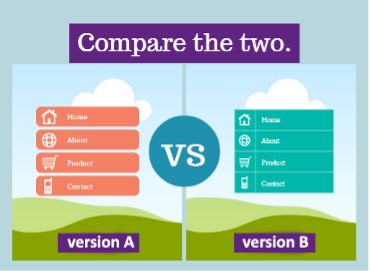
In this blog post, we will discuss the basics of A/B testing and provide some examples of how media professionals can use it to improve their content.
What is A/B Testing?
A/B testing is a method of comparing two variations of a webpage, email, or advertisement to determine which performs better. The variations are randomly assigned to different groups of users, and their behavior is measured and compared to determine which variation produces better results. The goal of A/B testing is to identify which variations produce better results so that media professionals can make data-driven decisions for future content.
A/B Testing Examples
There are many different ways that media professionals can use A/B testing to optimize their content. Below are some examples of how A/B testing can be used in various media contexts.
- Email Marketing
Email marketing is a popular way for media companies to engage with their audience and drive traffic to their website. A/B testing can be used to test different subject lines, email designs, and call-to-action buttons to determine which variations produce the best open and click-through rates.
For example, a media company could test two different subject lines for an email promoting a new article. One subject line could be straightforward and descriptive, while the other could be more creative and attention-grabbing. By sending these two variations to a sample of their audience, the media company can determine which subject line leads to more opens and clicks, and use that data to improve future email campaigns.
- Website Design
A/B testing can also be used to optimize website design and user experience. By testing different variations of a webpage, media professionals can identify which elements lead to more engagement, clicks, and conversions.
